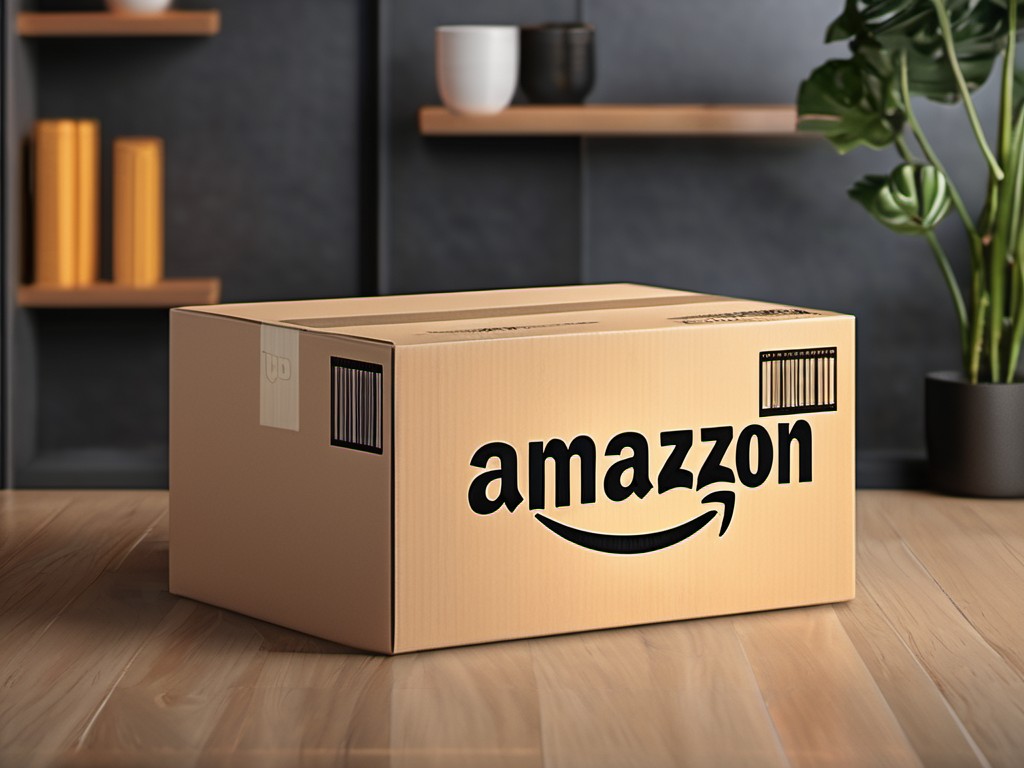· Charlotte Will · 6 min read
What is Amazon Scraping in Simple Terms: A Quick Overview
Discover the power of Amazon scraping: extract valuable data from Amazon's website with our step-by-step guide. Learn how to use web scraping tools, stay compliant with legal guidelines, and gain competitive insights for your business.

Sure, here’s your SEO-optimized article in Markdown format:
Amazon, as we know it, is one of the largest e-commerce platforms globally. But have you ever wondered how businesses keep track of prices, product information, and customer reviews on such a vast marketplace? Enter Amazon scraping: a powerful tool that allows you to extract valuable data from Amazon’s website.
Understanding Web Scraping
Before diving into Amazon scraping, let’s take a step back and understand what web scraping is. Web scraping refers to the process of extracting data from websites. It involves using software or scripts to automate the task of gathering information that can be used for various purposes, such as competitive analysis, market research, or even building your own database.
What is Amazon Scraping?
So, what exactly is Amazon scraping? In simple terms, it’s a form of web scraping tailored specifically to Amazon’s website. By using specialized tools and techniques, you can systematically collect data from Amazon pages like product descriptions, prices, customer reviews, ratings, and more.
Why Use Amazon Scraping?
Benefits of Amazon Scraping
Amazon scraping offers numerous benefits for businesses and individuals alike:
Competitive Analysis
One of the primary reasons to use Amazon scraping is for competitive analysis. By gathering data on your competitors’ products, pricing strategies, and customer feedback, you can gain valuable insights into their operations and identify gaps that your business can fill.
Market Research
Amazon is a treasure trove of market data. Scraping Amazon allows you to understand consumer trends, popular product categories, and emerging markets. This information can help shape your product development and marketing strategies.
Price Monitoring
Prices on Amazon fluctuate frequently. Amazon scraping helps you keep track of price changes, allowing you to adjust your own pricing strategies accordingly. This is especially useful for retailers who want to stay competitive.
Real-World Examples
Imagine you’re an e-commerce seller looking to optimize your product listings. By scraping Amazon data, you can analyze successful listings to understand what works and what doesn’t. Similarly, if you’re a marketing professional, the data extracted from customer reviews can provide invaluable insights into consumer behavior and preferences.
How to Scrape Amazon: A Step-by-Step Guide
1. Identify Your Goals
Before you start scraping, it’s crucial to identify what data you need and why. Whether it’s product information, pricing trends, or customer reviews, knowing your objectives will guide your approach.
2. Choose the Right Tools
There are numerous tools available for Amazon scraping, ranging from simple browser extensions to sophisticated software solutions:
Browser Extensions
Tools like Octoparse and ParseHub offer user-friendly interfaces that require no coding knowledge. They allow you to extract data directly from your web browser.
Scraping Software
For more complex tasks, tools like Beautiful Soup (for Python users) or Scrapy can be used. These tools require some programming skills but offer greater flexibility and power.
3. Legal Considerations
Before you start scraping Amazon, it’s essential to understand the legal implications:
Amazon’s Terms of Service
Amazon has strict terms of service regarding data scraping. Violating these terms can result in your IP address being blocked or even legal action. Always make sure to use tools and methods that comply with Amazon’s guidelines.
4. Set Up Your Scraper
Once you’ve chosen your tool, it’s time to set up your scraper:
- Configure the Tool: Input the URL of the page you want to scrape.
- Select Data Points: Specify which data points you want to extract (e.g., product names, prices, reviews).
- Run the Scraper: Execute the scraper and let it gather the data for you.
5. Analyze the Data
After collecting the data, the next step is to analyze it:
- Clean the Data: Remove any irrelevant or duplicate information.
- Organize the Data: Structure the data in a way that’s easy to analyze (e.g., using spreadsheets).
- Draw Insights: Use the data to gain insights and make informed decisions.
Best Practices for Amazon Scraping
Respect Robots.txt
Every website has a robots.txt file that outlines which pages can be crawled by bots. Always respect these rules to avoid legal trouble.
Rotate IP Addresses
Amazon’s servers can quickly detect and block repeated requests from the same IP address. Using proxy servers or rotating IP addresses can help you avoid this issue.
Be Ethical
While scraping can provide valuable data, it’s important to use it ethically. Respect the privacy of users and ensure that your activities comply with all relevant laws and regulations.
Conclusion
Amazon scraping is a powerful tool for extracting valuable data from Amazon’s website. By understanding how to use it effectively and responsibly, you can gain insights into market trends, competitive strategies, and consumer behavior. Whether you’re a business owner, a marketing professional, or an e-commerce seller, Amazon scraping offers numerous opportunities for growth and success.
FAQs
Is Amazon Scraping Legal?
The legality of Amazon scraping depends on how you use it. While scraping data from publicly available pages is generally considered legal, violating Amazon’s terms of service or using the data for malicious purposes can result in legal action. Always ensure that your activities are ethical and comply with relevant laws and guidelines.
What Are the Best Tools for Amazon Scraping?
The best tool for Amazon scraping depends on your specific needs and technical expertise:
- For beginners: Browser extensions like Octoparse and ParseHub offer user-friendly interfaces that require no coding knowledge.
- For advanced users: Tools like Beautiful Soup or Scrapy provide greater flexibility and power but require some programming skills.
How Can I Use Amazon Data for My Business?
Amazon data can be used in numerous ways to benefit your business:
- Competitive Analysis: Gain insights into competitors’ pricing strategies, product listings, and customer feedback.
- Market Research: Understand consumer trends, popular product categories, and emerging markets.
- Price Monitoring: Keep track of price changes and adjust your own pricing strategies accordingly.
Can Scraping Amazon Data Help Improve My SEO?
Yes, scraping Amazon data can help improve your SEO efforts. By understanding which keywords and phrases are most commonly used in successful product listings, you can optimize your own content to rank higher in search engine results. Additionally, analyzing customer reviews can provide insights into what consumers are searching for, allowing you to tailor your SEO strategy accordingly.
What Should I Do if My IP Address Gets Blocked?
If your IP address gets blocked while scraping Amazon, there are a few steps you can take:
- Use Proxy Servers: Proxy servers allow you to rotate your IP address, making it less likely that you’ll be detected and blocked.
- Respect Robots.txt: Ensure that your activities comply with Amazon’s robots.txt file to avoid being flagged as a malicious bot.
- Slow Down Your Requests: Making too many requests in a short period can trigger Amazon’s anti-scraping mechanisms. Slow down your scraper to mimic human browsing behavior.




